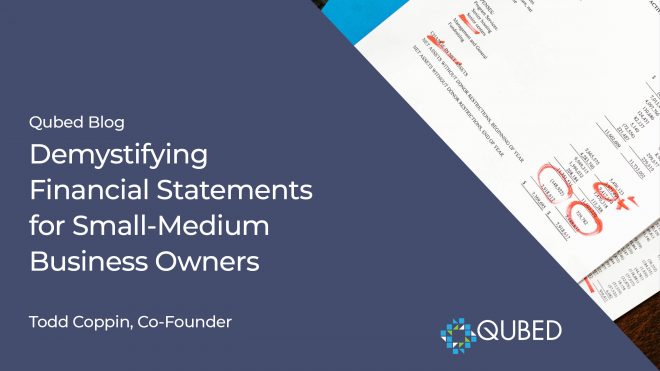Do you understand your Financial Statements? If not, you’re not alone. It’s crucial for small to medium business owners to grasp these financial documents, as they serve as a window into your business’s health and future potential. Let’s break down the jargon and make financial statements more accessible.
Decoding Financial Statements: The Key to Your Business’s Success
Your business’s financial statements are like the dashboard of your car. To effectively navigate your business’s journey, you need to understand and interpret these reports. It’s not just about crunching numbers; it’s about understanding the story they tell.
- The Balance Sheet: Your Financial Position
Let’s start with the Balance Sheet. In more layman’s terms, you can call it the “Statement of Financial Position” (SOFPo). This document gives you a snapshot of your business’s financial strength at a specific point in time, like a freeze-frame from a movie. The SOFPo has three main components:
- Assets: These are the resources your business owns, such as cash, accounts receivable, equipment, and more. Ideally, you want your assets to grow, but decreases can indicate profitable sales or wise investments.
- Liabilities: These are the obligations your business owes to others, such as loans or outstanding bills. A decrease is great, but an increase can signal opportunities, like acquiring assets or expanding your business.
- Equity (SOFPo): This is what remains when you subtract your liabilities from your assets. The higher, the better; it represents your business’s net worth.
- The Profit (Loss) Report: Your Financial Performance
Now, let’s delve into the Profit (Loss) Report, which can be aptly called the “Statement of Financial Performance” (SOFPe). This report highlights your business’s financial performance over a specific period. The SOFPe comprises five main components:
- Revenue: This is the money your business earns from selling goods or services – it’s your income.
- Cost of Goods Sold: These are the direct costs associated with producing the goods or services you sell. Think of it as the expenses directly linked to the production process, like the cost of raw materials or labour.
- Gross Profit: It’s calculated as revenue minus the cost of goods sold. A higher gross profit indicates that your business has more money to cover other costs.
- Overheads: These are your indirect operating costs, like bank charges, accounting fees, and interest. They are not directly tied to producing goods or services.
- Net Profit: Your net profit is calculated as gross profit minus overheads. A higher net profit is a clear win for your business. It means you are “in the black,” which leads to an increase in assets, a decrease in liabilities, and ultimately, an increase in equity on your Balance Sheet.
Putting It All Together: What It Means for Your Business
Understanding these financial statements is like reading a map. If your Net Profit is in the black, and your Equity has increased compared to the previous year, your business is on a solid financial footing. This means you’re better equipped to pursue your business goals and opportunities.
In conclusion, don’t be discouraged if this seems challenging; even seasoned business owners find financial statements complex. Remember, accountants study this for years and keep learning. Don’t hesitate to ask your accountant for more information and clarification; they should take pride in helping you make sense of your business’s financial landscape.
In the end, grasping your financial statements is a significant step toward steering your business confidently towards success. So, roll up your sleeves, dive into your financial reports, and empower yourself with the knowledge to make informed decisions for your business. You’ve got this!
Todd Coppin, Co-founder


